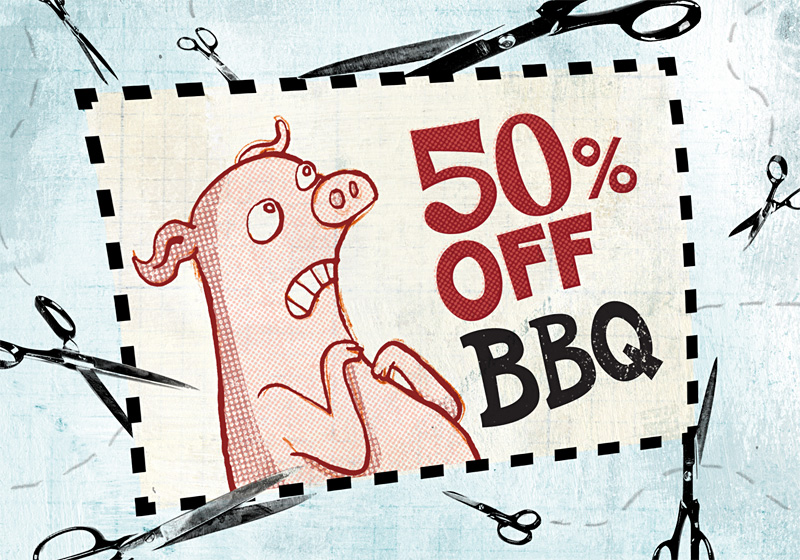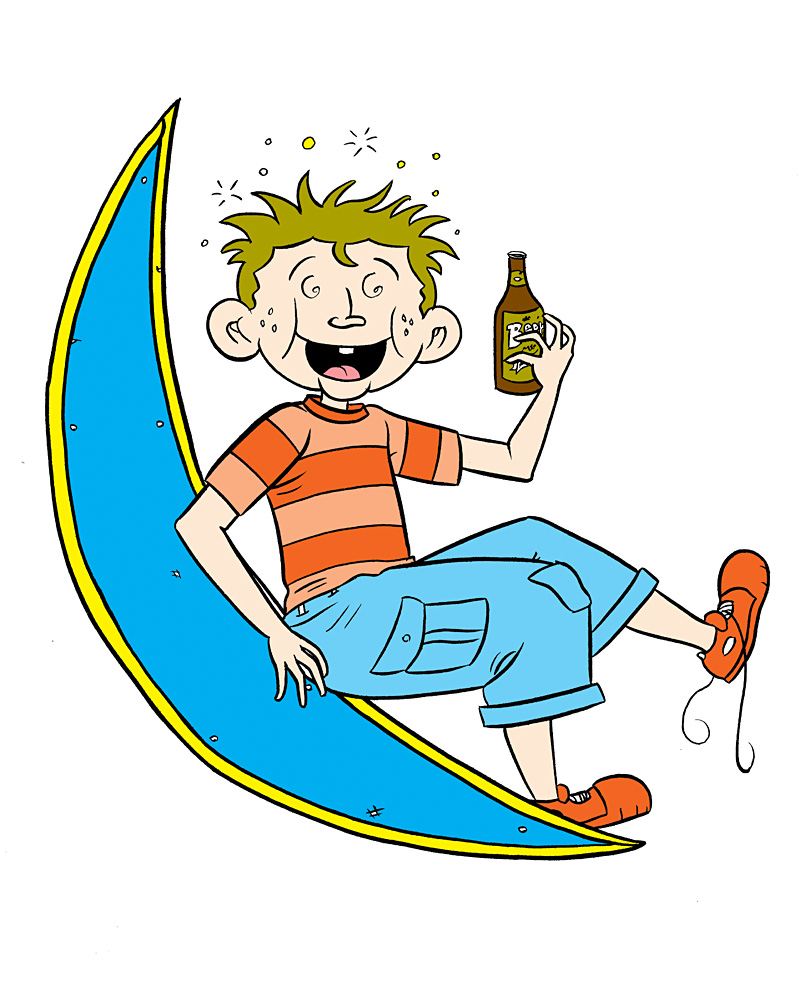Pardon Karen Richeson’s skepticism. She’s earned it. As the daytime barkeep at Kelly’s (one of Mike Seely’s “Ten Most Intimidating Dive Bars,” SW, March 25, 2009) for the past eight years and a former bartender and part-owner of the Rendezvous, she’s watched pockets of Belltown get tall and rich. And she’s watched sections decay, all independent of promises by police or elected leaders.
Take the intersection outside Kelly’s. Seemingly immune to the money that’s scrubbed adjacent blocks, the four corners marked by Bell Street and Third Avenue still teem at night with dealers, junkies, drunkies, and hoods. The dog park that went in a couple of years ago helped a bit, she says, mainly during the day.
But come sunset each night of every week, the neighborhood’s fixed-income elderly retreat indoors. And every night, she says, they are replaced with the zombies who, unless the city does something, will doom the new boulevard along Bell Street, scheduled to be built this year.
“If they build the park and then don’t patrol it, it’s just going to be a nicer place for the druggies,” Richeson says.
As planned, the Bell Street Park will be a four-block promenade with a single lane of traffic running from First to Fifth Avenues. Dotted with trees, benches, and grass, the boulevard is an effort to create urban-Euro open space for the public to gather and linger. But exactly who, Richeson asked, is the city going to let hang around?
This sort of proposition didn’t work so well a couple of blocks away. Last year developer Martin Selig put up No Trespassing signs around the park that sits at the base of one of his iconic buildings at Fourth and Blanchard. The park had become a haven for illegal activity, he said. (Selig removed the signs and reopened the park after we wrote about the shutdown on The Daily Weekly.)
Kelly’s owner Mary Costello-Abbey wonders the same. In 1987 she moved her dive from Upper Queen Anne to Belltown. Since then, it hasn’t changed much. Kelly’s still runs two taps with one draft beer—Pabst—and sells its weight in cold cans of Bud each night.
But the bar now sports a security camera and spotlights on the sidewalk—a nod to the crime near the intersection, a regular barrage of police calls and blotter entries. This is why her bar comes off as intimidating, she says, not because of problems inside.
“It’s a good place,” Costello-Abbey says, “and we keep it clean. But we don’t control the sidewalks. It can be a nightmare at night.”
If the city doesn’t watch the new park, she says, it’s “going to be a drug emporium. But if it works out, if it gets even one senior citizen to come out at night, then it’s worth it.”
For now, Seattle officials are communicating regularly with businesses on the park perimeter about construction schedules that may occasionally eliminate street parking. Richeson doesn’t expect her business to be hurt much, though. “As you’ve probably guessed,” she says, “most of our customers are walk-ups.”






